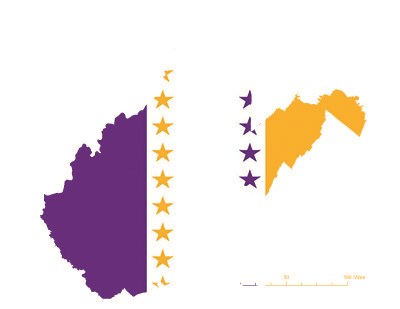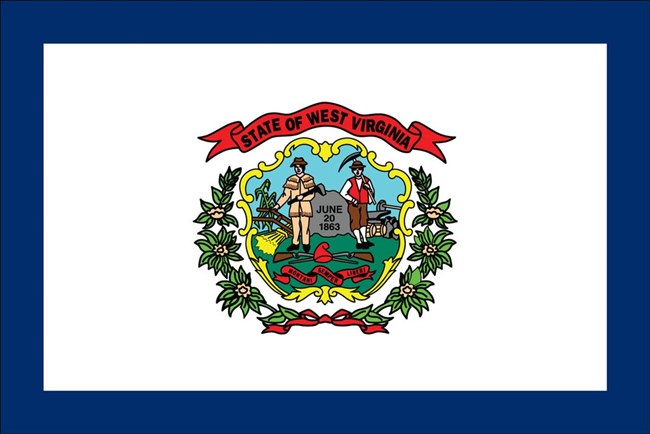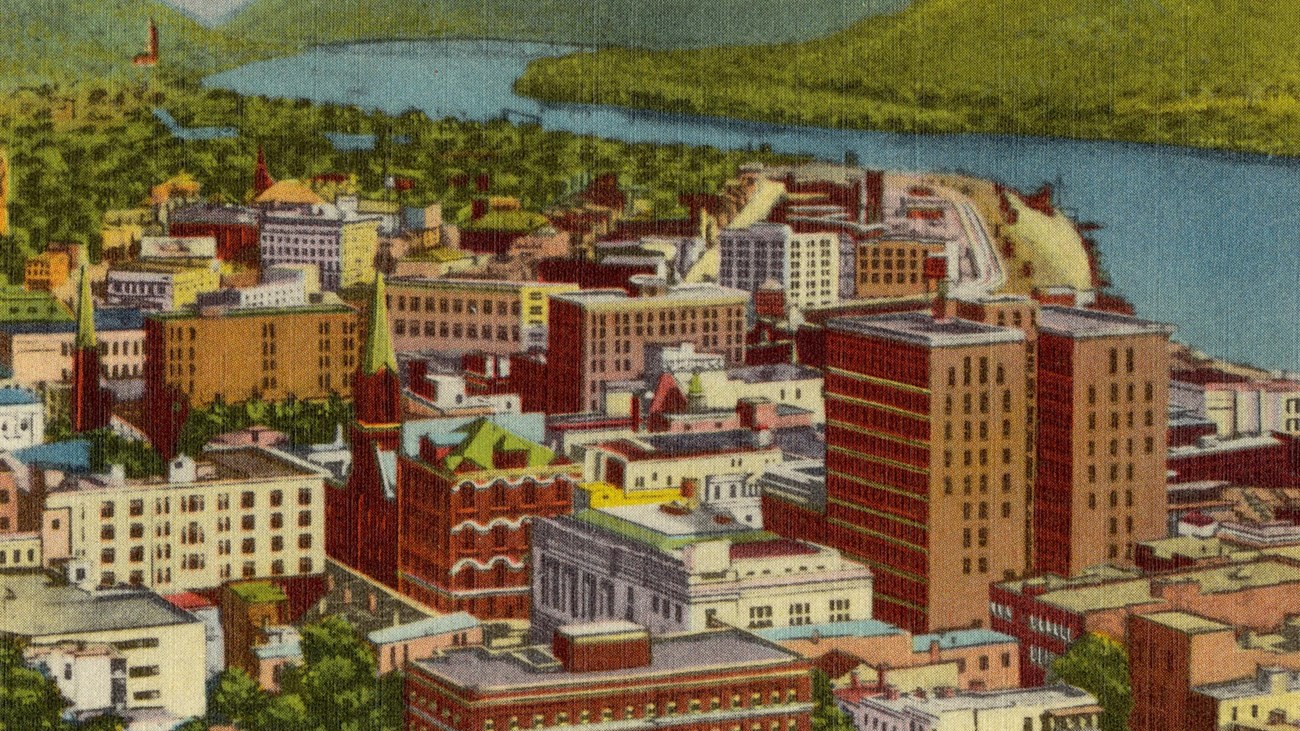Last updated: August 22, 2019
Article
West Virginia and the 19th Amendment

CC0
Women first organized and collectively fought for suffrage at the national level in July of 1848. Suffragists such as Elizabeth Cady Stanton and Lucretia Mott convened a meeting of over 300 people in Seneca Falls, New York. In the following decades, women marched, protested, lobbied, and even went to jail. By the 1870s, women pressured Congress to vote on an amendment that would recognize their suffrage rights. This amendment was sometimes known as the Susan B. Anthony amendment and became the 19th Amendment.
The amendment reads:
"The right of citizens of the United States to vote shall not be denied or abridged by the United States or by any state on account of sex."
After decades of arguments for and against women's suffrage, Congress finally passed the 19th Amendment in June 1919. After Congress approved the 19th Amendment, at least 36 states needed to vote in favor of the amendment for it to become law. This process is called ratification.
On March 10, 1920, West Virginia voted to ratify the Nineteenth Amendment. By August of 1920, 36 states ratified the amendment, ensuring that the right to vote could not be denied or abridged based on sex.

West Virginia Places of Women’s Suffrage: East Wheeling Historic District
1913 marked West Virginia's 50th year as a state. To celebrate, a series of festivities were held in Wheeling. Events included pageants and dances. Organizers also planned a parade of “rubber neck suffragettes.” West Virginia suffragists found this insulting and threatened to boycott the festivities. At the time, the term “suffragette” was insulting and demeaning. The parade was cancelled and a new event was planned. The protests of West Virginia’s suffragists brought greater awareness to the issue of women’s rights across the nation. The East Wheeling Historic District is listed on the National Register of Historic Places.

East Wheeling Historic District is an important place in the story of ratification. It is listed on the National Register of Historic Places
